Purple Shampoo on Brown Hair: 5 Steps to Brassy-Free Highlights
Effective formulations that improve the vibrant look and feel of your colored tresses
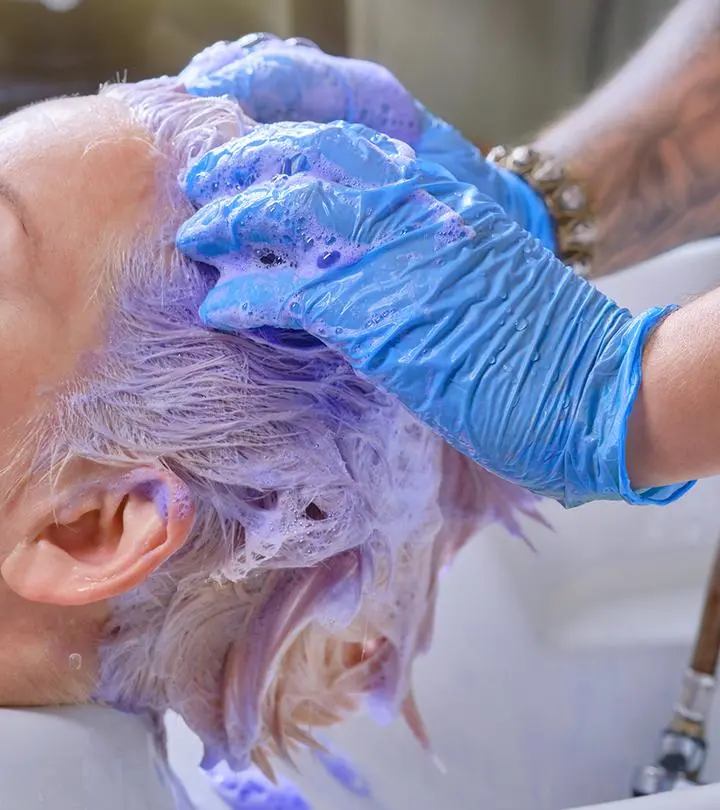
Image: iStock
Purple shampoos are a must-have product in the blonde hair care routine. The brightening effect of these shampoos helps maintain your hair dye job for longer. But can you use purple shampoo on brown hair? Yes, you can. These are color-depositing shampoos that will tone your lightened hair strands and neutralize the brassy tones. They also help make your hair look fresh and healthy.
These shampoos work best on dark or brown hair with colored highlights. This article explores the right way you can use purple shampoos on your brown hair. Keep reading to know more.
In This Article
What Is Purple Shampoo?
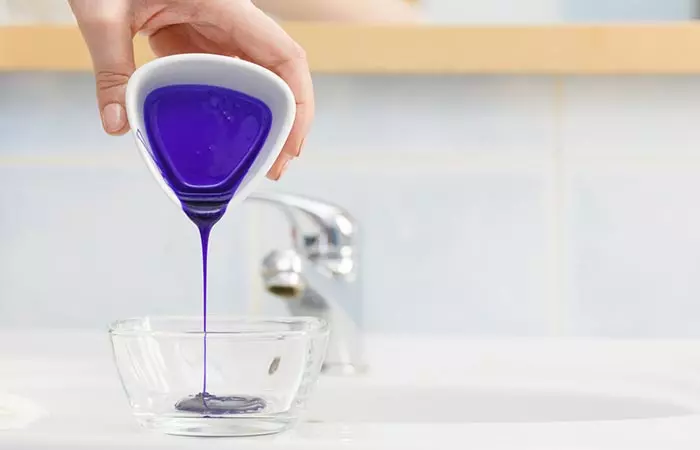
Purple shampoo is what it sounds like – a shampoo with purple pigments to neutralize brassy undertones in blonde and colored hair. It is commonly called toning shampoo.
But why purple and not any other color? If you remember the color wheel, purple is the opposite of yellow. It helps neutralize yellowness in the hair and refresh the hair color, keeping it bright and beautiful for longer. Similarly, you also have violet shampoos. They are similar except purple has more red pigments while violet has more blue pigments. You can take your pick depending on the tone of your brassiness.
You can use a purple shampoo for brunette and dark hair maintenance. Wondering how? Scroll down to find out.
Key Takeaways
- Purple-toned shampoos, usually used to enhance blonde hair, can also help neutralize the brassy tones of brown hair.
- These make the colored highlights look brighter and more vibrant while adding a healthy shine to your hair.
- For orange and reddish undertones, a blue-toned shampoo is preferable.
Can You Use A Purple Shampoo On Brown Hair?
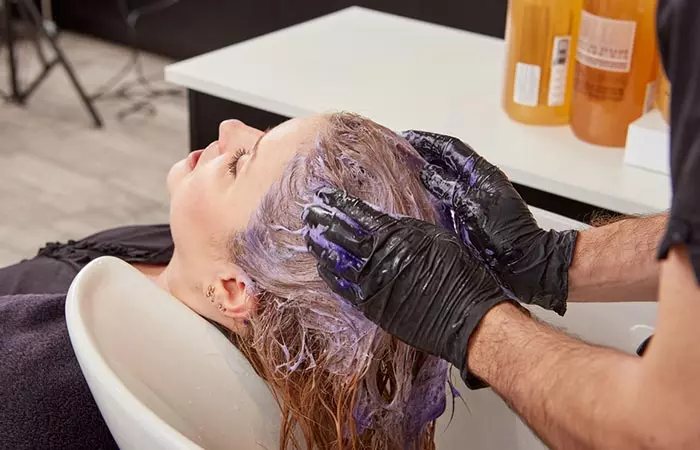
Yes. You can use purple shampoo on brown hair.
If you have highlights, a balayage, or an ombré of a lighter shade, such as blonde, platinum blonde, or any other light hair color, a purple shampoo can help maintain the highlights. Purple shampoo is especially useful for those looking to remove brassy tones from brown hair.
The hair shaft, made of keratin, is sensitive to external factors like physical, mechanical, or chemical damage. One of the most common causes of hair damage is excessive sun exposure (1). UV rays, especially UVB, can break down the proteins in hair, while UVA rays mainly affect the color. Besides UV exposure, frequent hair washing, hard water, and pollution can turn the hair color brassy. Brassiness of hair color refers to the orange or yellow undertones that the hair color develops over time. Using a purple shampoo can cut down the brassiness and maintain the brightness of your highlighted tresses.
 Quick Tip
Quick TipIf you have just highlighted your beautiful brown hair, you can use a purple shampoo. In the next section, we have explained the right way to use one!
What Is The Right Way To Use A Purple Shampoo?
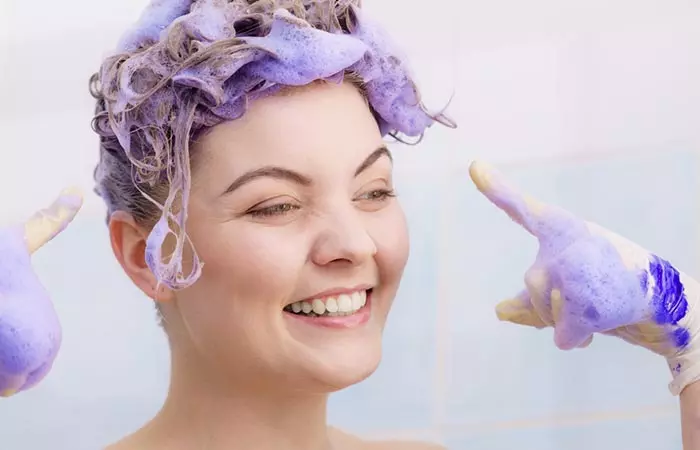
To use a purple shampoo on brown hair:
- Wet your hair properly.
- Rub some purple shampoo between your palms to work up a lather.
- Massage it all over your head, across the entire length of your hair.
- Leave it on for about 5 minutes or longer (discussed in detail later in the article).
- Rinse the shampoo out and apply a conditioner.
Use a purple shampoo once a week to maintain lighter tones.
When using a purple shampoo, the time you leave it on is equally crucial.
How Long Should I Leave A Purple Shampoo On My Brown Hair?
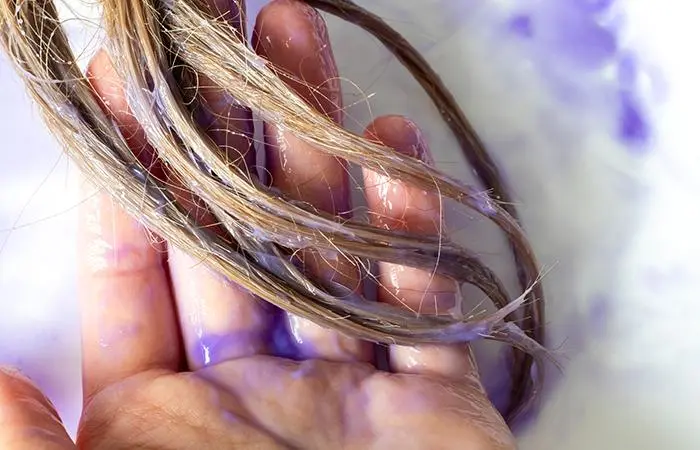
It depends on how intense the brassiness is. You can leave it on for 20 minutes to cut down all the brassiness and maintain the gray, silver, platinum, or blonde shade. However, if you do not want an intense refreshment of your hair color, you can leave it on for just five minutes or like the regular shampoo you use.
Do not leave it on for more than 20 minutes. While a purple shampoo does not contain any dye, if you leave it on your hair for too long, it may leave a light lilac hue. However, the tint goes away with just one wash.
While a purple shampoo is great for blonde hair, does it eliminate reddish-brown or copper tones? Is it a promising solution for brassy brown hair? Read on to find out.
Is A Purple Shampoo The Solution To Get Rid Of Brass In Brown Hair?
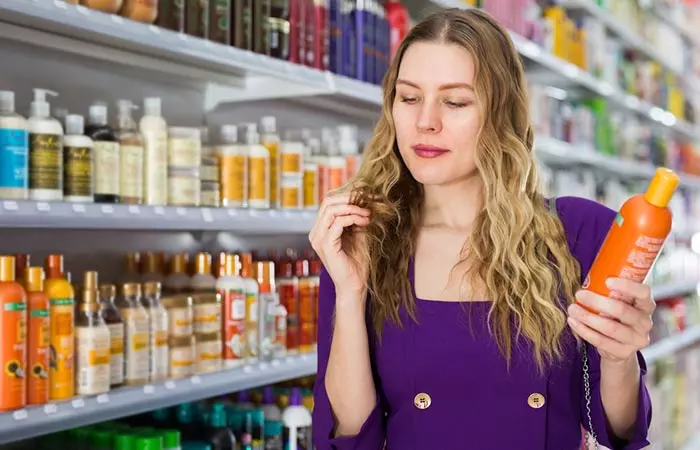
A purple shampoo can take care of the yellowish brass in your highlights. However, if your brown hair with blonde highlights and lowlights has turned brassy brown, a blue shampoo can help.
Unlike a purple shampoo, a blue shampoo contains blue-violet pigments that can cool down warm and brassy tones.
Brunettes can use both purple and blue shampoos to maintain the highlights. However, blue shampoos are more commonly referred to as brunette shampoos.
Ocean Harrison, a vlogger, dyed her dark brown hair but with reddish tones. She attempted to use a purple shampoo to eliminate the red tones and make her air look more ashy brown. But it did not work. She says, “I’m going to be real honest with you guys; nothing happened. I mean, I can see how some pieces did bring out the blonde more, but like, barely (i).”
 Quick Tip
Quick TipCan purple shampoo be used on bleached hair? Learn about it in the next section.
Can You Apply Purple Shampoo To Bleached Hair?
Yes, you can, and it is strongly recommended, as purple shampoo is specifically designed to counteract brassy or yellow tones that can develop in blonde or gray hair, especially after bleaching. The more the hair is bleached, the more protein is lost from the hair. The bleaching breaks down melanin, the pigment that gives hair its color (2). This damage affects not just the outer layer (cuticle) of the hair, but also the inner parts (cortex). The purple pigments in the shampoo neutralize the unwanted yellow and warm undertones in your hair and leave it looking cooler and more vibrant. It’s an effective way to maintain the desired shade and keep your bleached hair looking fresh.
However, follow the instructions on the product and do not leave the shampoo on for too long. Overuse can lead to an undesirable purple or grayish tint on your hair. Keep reading to learn more about such potential issues of using purple shampoo on brown hair.
Potential Issues Of Using Purple Shampoo On Brown Hair
Purple shampoo is often used to counteract brassiness in blonde or lightened hair because purple is the opposite color of yellow on the color wheel, which helps neutralize warm, yellow tones. However, when used on brown hair, there are some drawbacks:
- May Over-Tone Hair: Purple shampoo can leave a purple or bluish tint on brown hair, especially if it is not lightened. This is because the purple pigments in the shampoo, designed to neutralize yellow tones, can accumulate and over-deposit on the hair, resulting in a dull or slightly unnatural appearance if not properly rinsed out.
- Not As Effective On Darker Shades: Purple shampoo is most effective on light to medium hair shades. If your brown hair is too dark, the shampoo might not be able to neutralize the brassiness as well as it does with lighter hair.
- Dryness: Frequent use of purple shampoo can lead to dryness, as its stronger cleansing agents can make it more drying than regular shampoos. This can cause damage and frizz over time.
- Limited Brassiness Removal: For brown hair with subtle brassiness, purple shampoo may not have as noticeable an effect as it does on lighter hair. The neutralizing effect is not as strong on darker hair colors.
- Requires Careful Use: Purple shampoo can be useful if you have highlights or lighter brown strands, but it needs to be used carefully to avoid an overly ashy or purple tone.
Infographic: Everything You Need To Know About Purple Shampoo
Choosing to color your hair involves taking utmost care of it afterward. Without the help of special hair products for color-treated hair, the colors begin to fade and lose their shine, causing the hair to look unhealthy and brassy in color, especially if you color it blonde or any light shade. One of the easiest ways to prevent this is to incorporate a purple shampoo into your hair care regime. To learn more about it, check out the infographic below.
Some thing wrong with infographic shortcode. please verify shortcode syntaxPurple shampoo neutralizes brassy tones in blonde and colored hair. It contains purple pigments that eliminate brassy yellow hues. Factors like sun exposure, pollution, hard water, and overwashing your hair can lead to these brassy tones. Hair treatments of fading hair color can also leave behind unsightly brassiness. You can use purple shampoo on brown hair if it is very light or if you have blonde or lighter highlights. This is because purple complements yellow in the color wheel, thus balancing or neutralizing it. If you have darker, redder, or copper hair, you should use a blue shampoo to even out your hair color.
Frequently Asked Questions
Does purple shampoo turn brown hair green?
No, purple shampoo will not turn brown hair green.
Is purple shampoo damaging?
No, purple shampoo is not damaging. But it may turn the tresses light purple if you leave it for too long.
Is purple shampoo a toner?
Yes, purple shampoo is a toner. It helps maintain the lightened or blonde hair look. To choose the right toner for highlighted hair, consider your specific hair color and the undertones you want to neutralize. Purple shampoo is ideal for counteracting yellow tones, while blue shampoo is better suited for neutralizing orange or red undertones.
Is it better to use purple shampoo or conditioner?
A purple conditioner may have the same effect as a shampoo. Moreover, it also helps condition the hair, unlike a shampoo. Hence, using a purple conditioner may benefit more.
Is it OK to use purple shampoo everyday?
Yes, purple shampoo can be used daily if you feel your hair is turning brassy.
Illustration: What Happens If You Use Purple Shampoo On Brown Hair?
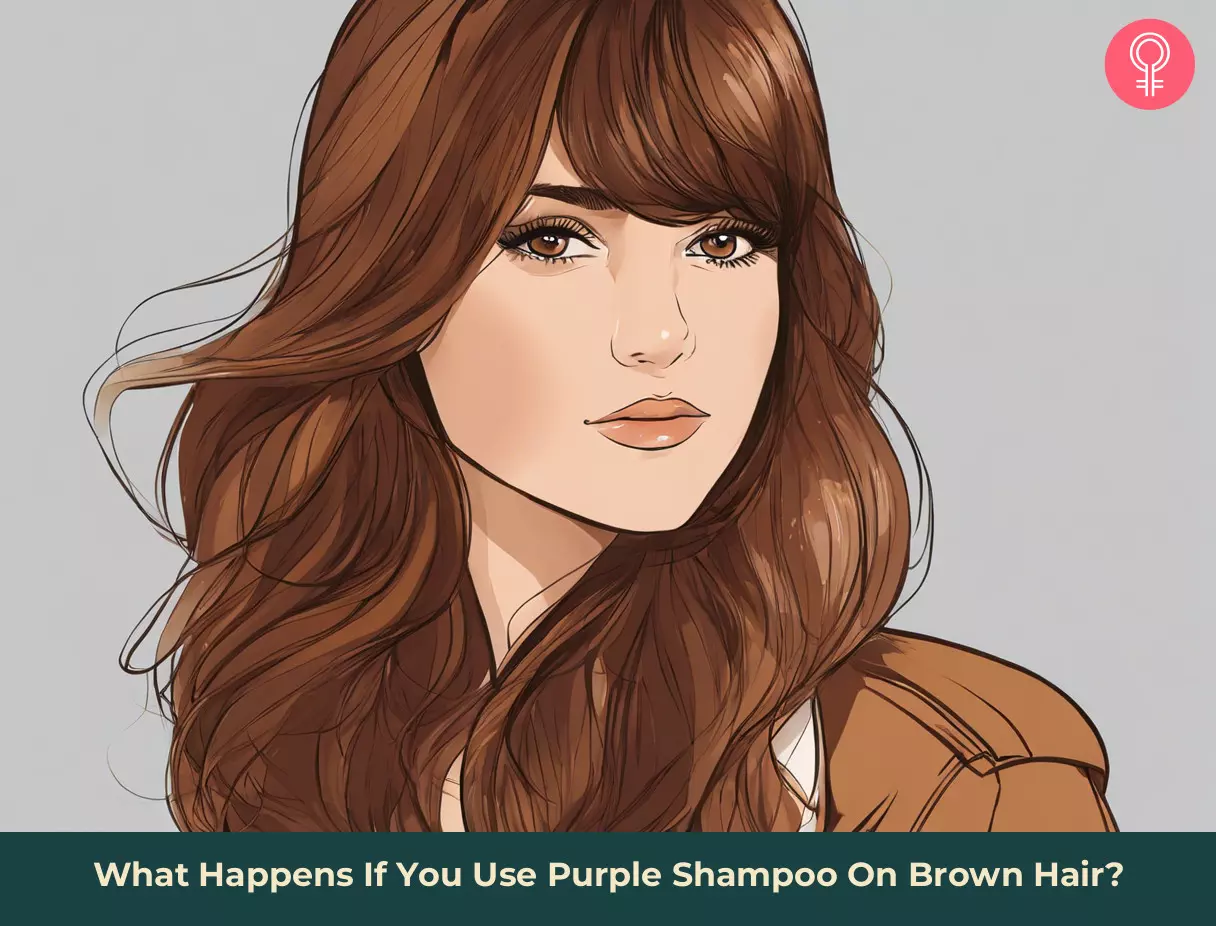
Image: Stable Diffusion/StyleCraze Design Team
Learn what happens when you use purple shampoo on brown hair! See the results in this video and find out if it’s the right choice for you. Check it out!
Personal Experience: Source
StyleCraze's articles are interwoven with authentic personal narratives that provide depth and resonance to our content. Below are the sources of the personal accounts referenced in this article.
i. Using purple shampoo on dark hair,https://www.youtube.com/watch?v=hq1Xdziqwxc
References
Articles on StyleCraze are backed by verified information from peer-reviewed and academic research papers, reputed organizations, research institutions, and medical associations to ensure accuracy and relevance. Read our editorial policy to learn more.
Articles on StyleCraze are backed by verified information from peer-reviewed and academic research papers, reputed organizations, research institutions, and medical associations to ensure accuracy and relevance. Read our editorial policy to learn more.
- UV damage of the hair
https://pubmed.ncbi.nlm.nih.gov/19138021/ - The physical and chemical disruption of human hair after bleaching – studies by transmission electron microscopy and redox proteomics
https://pubmed.ncbi.nlm.nih.gov/30229956/
Read full bio of Laura Dale
Read full bio of Ramona Sinha
Read full bio of Anjali Sayee
Read full bio of Swathi E





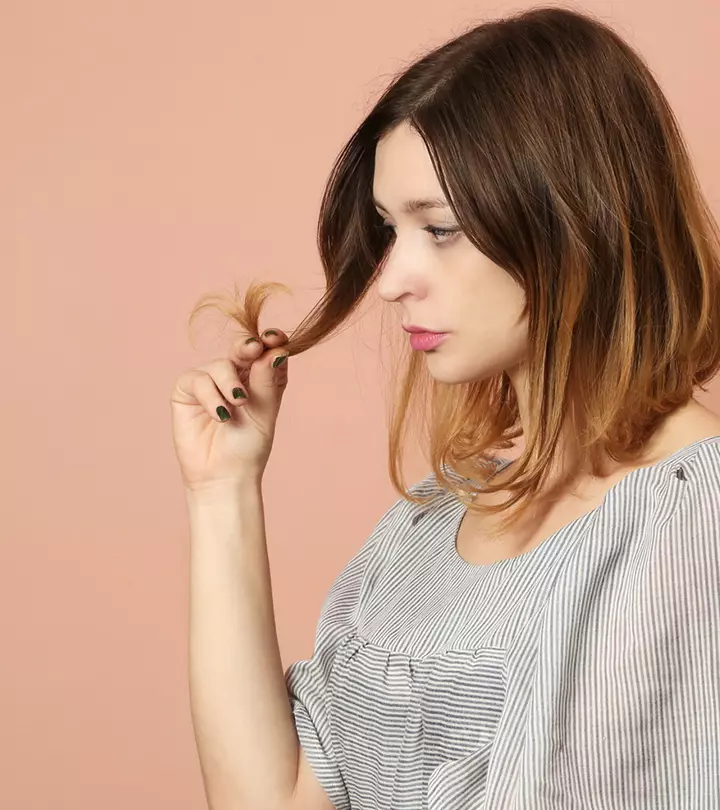
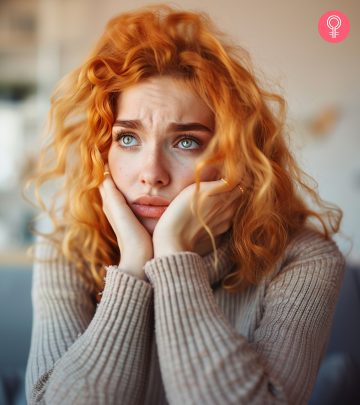
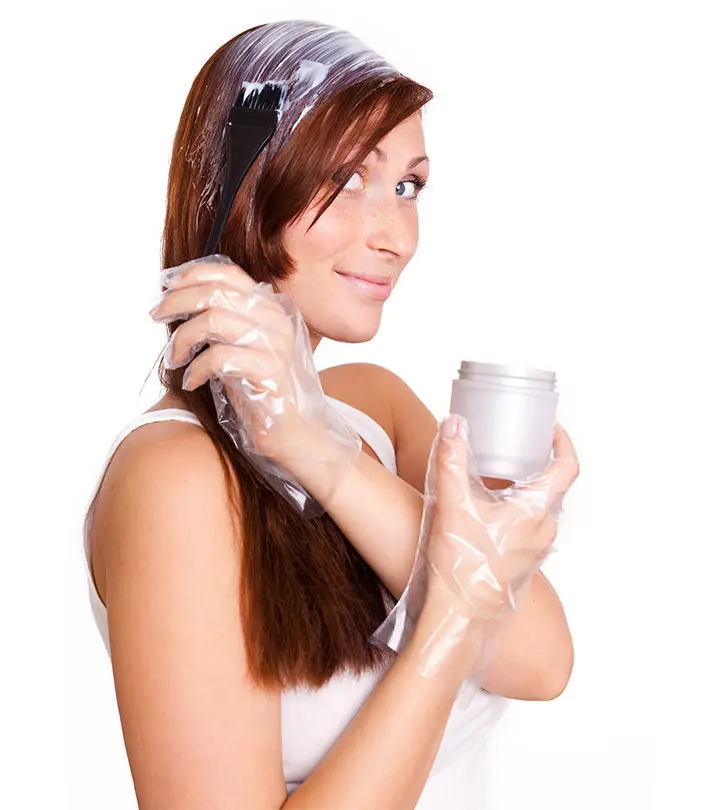
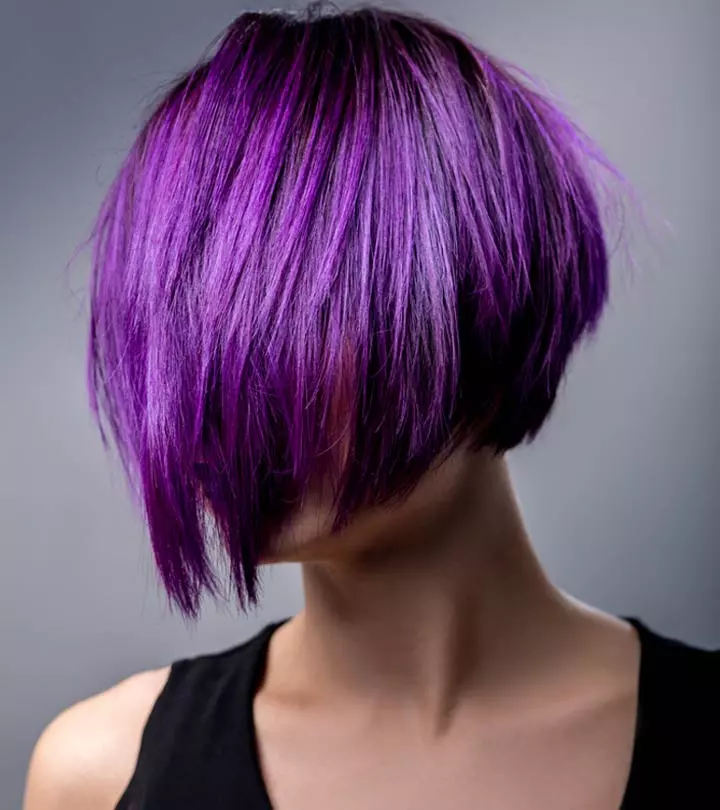
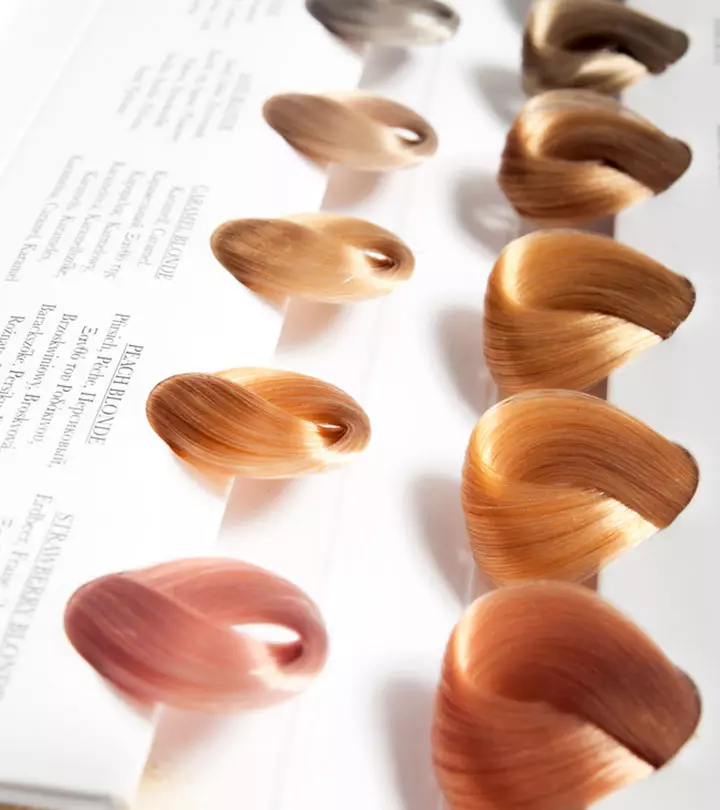
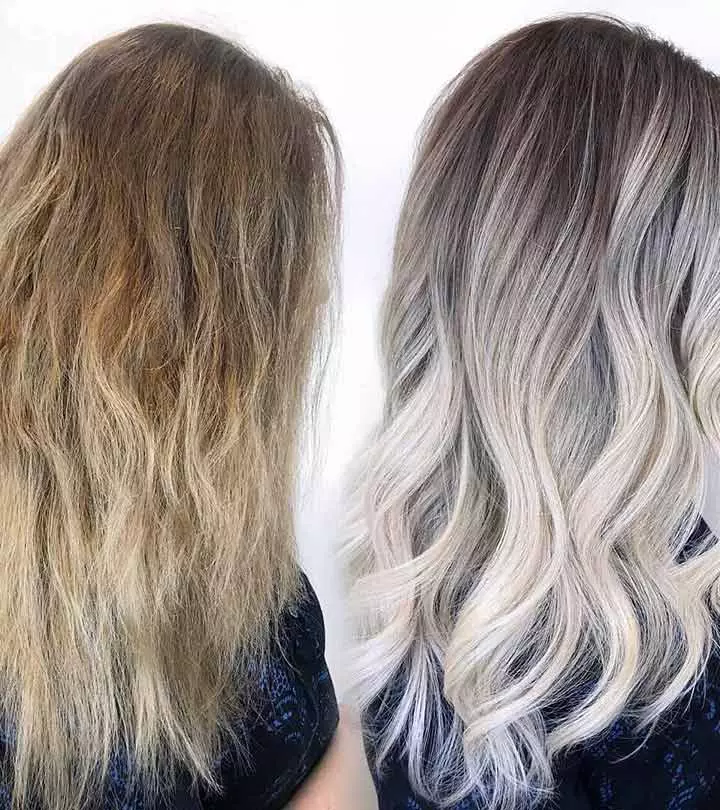
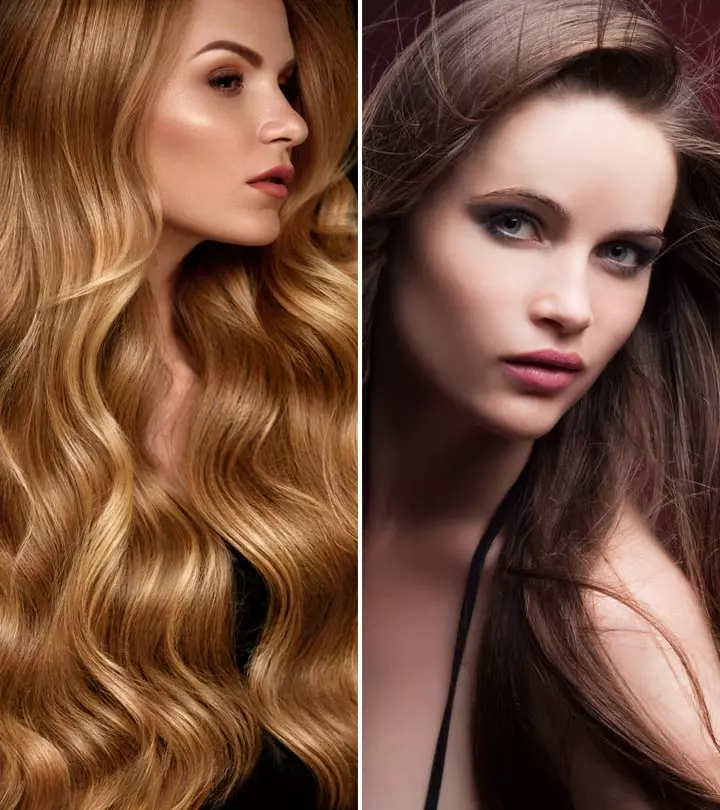

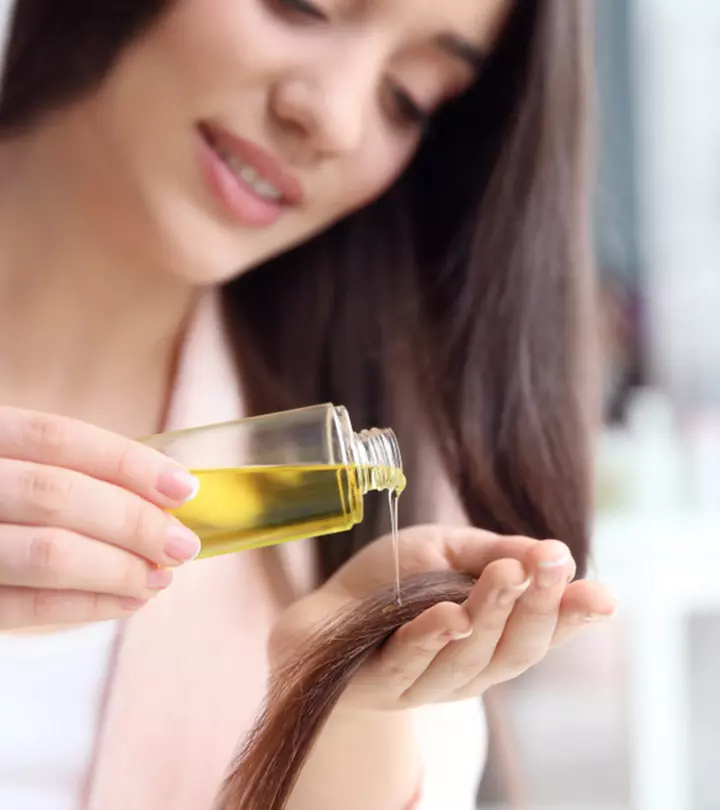
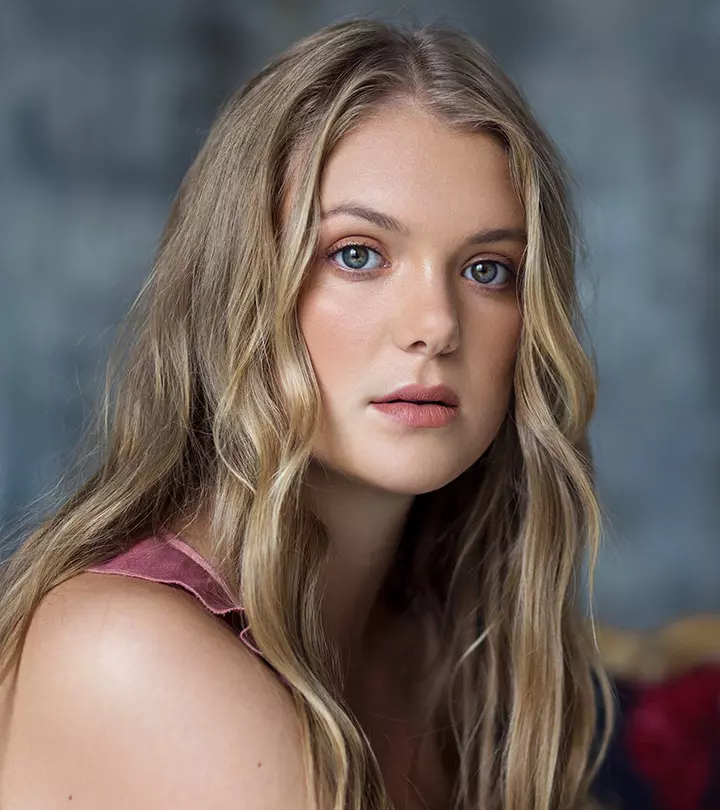
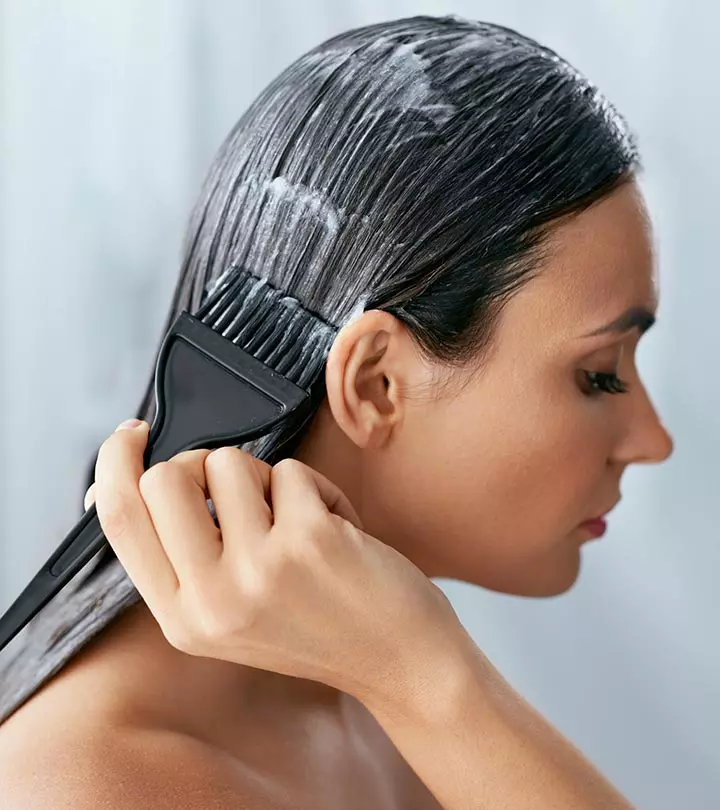
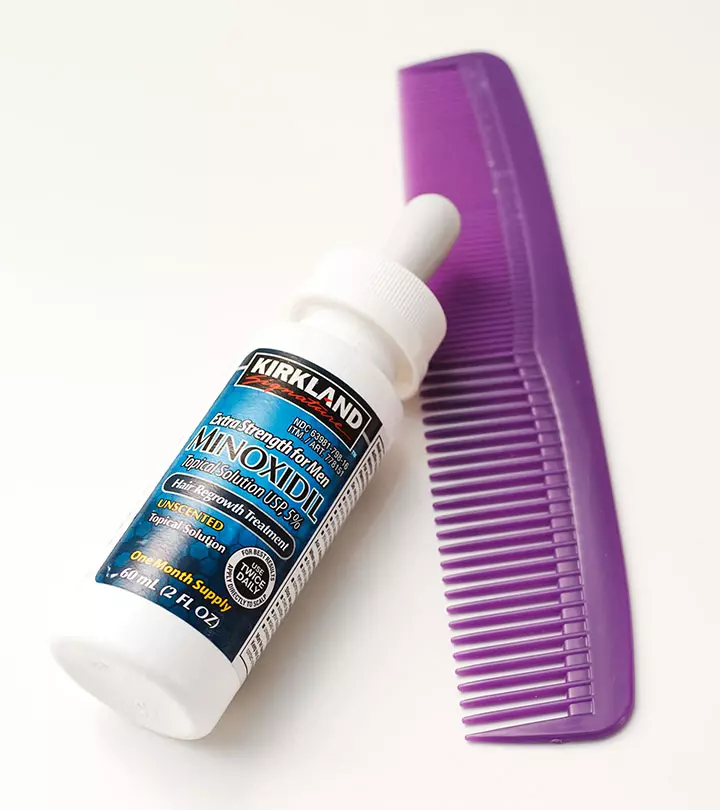
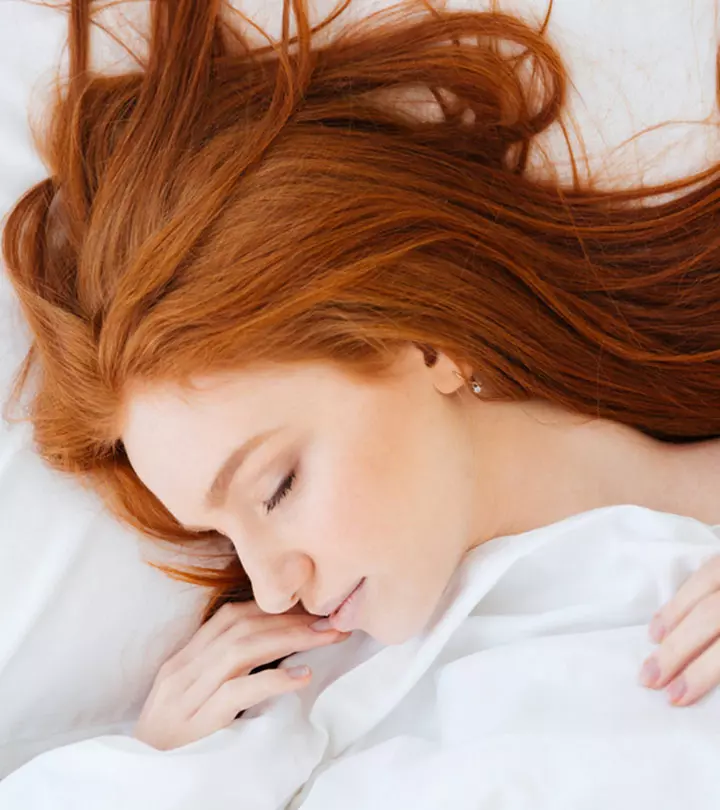
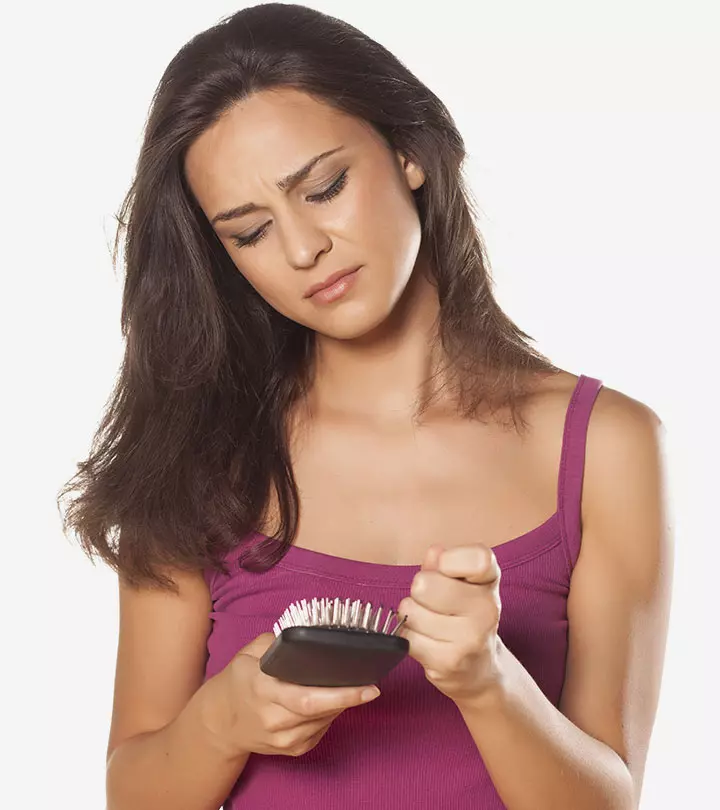
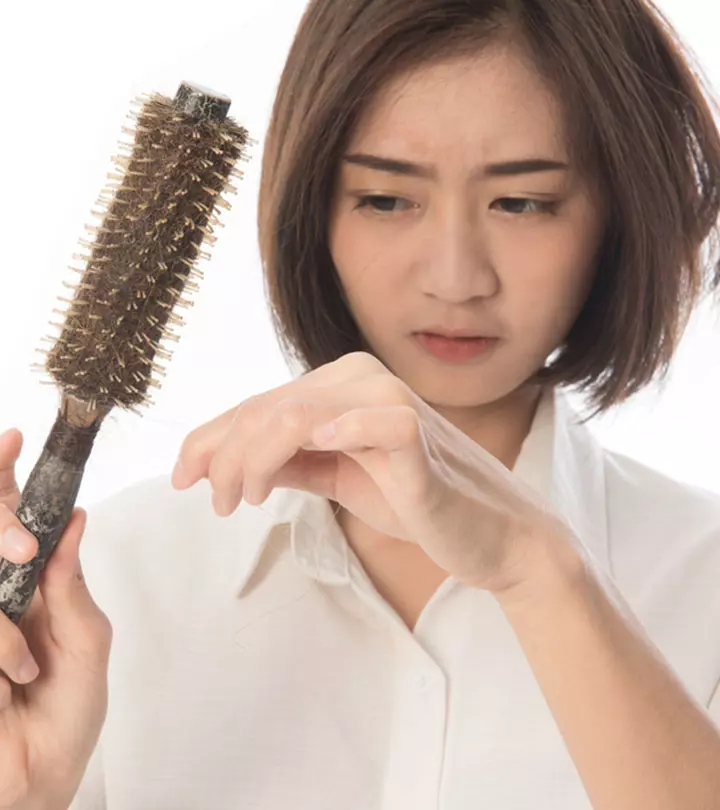

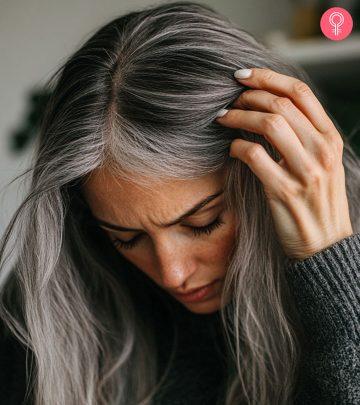
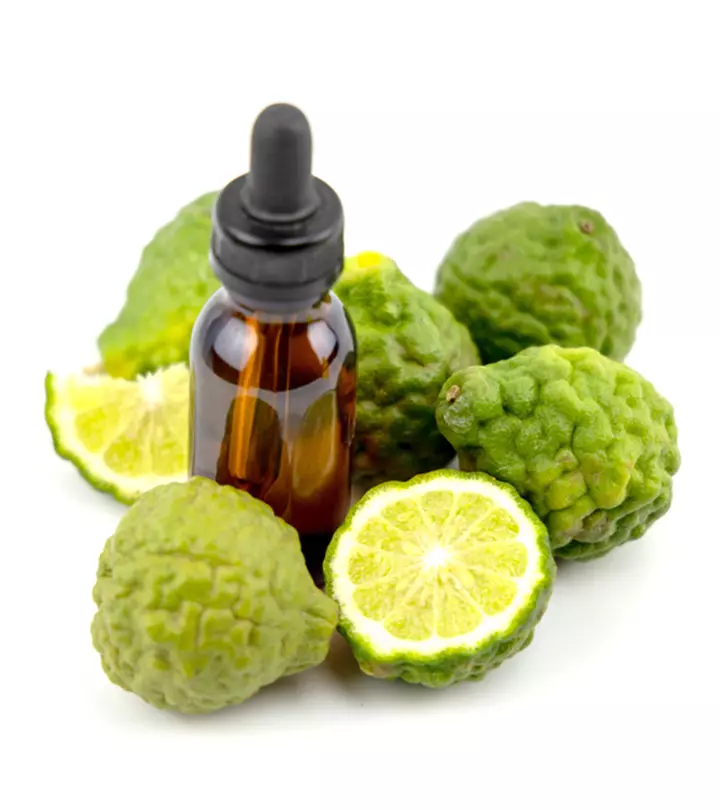
Community Experiences
Join the conversation and become a part of our empowering community! Share your stories, experiences, and insights to connect with other beauty, lifestyle, and health enthusiasts.